Plan Your Business Acquisition with Confidence
Buying a business is a major milestone, but the financial puzzle can be daunting. How much will you need upfront? What about monthly payments if you’re financing the deal? These questions keep many aspiring entrepreneurs up at night. That’s where a solid budgeting tool comes in handy. It’s not just about knowing the sticker price—it’s about understanding every piece of the investment, from legal fees to interest over time.
Why Budgeting Matters When Acquiring a Company
A well-thought-out financial plan can be the difference between a smart investment and a costly mistake. Mapping out your costs helps you avoid overextending yourself and ensures you’ve got room for unexpected expenses. For instance, due diligence might reveal issues that bump up your budget, or loan terms might shift as you negotiate. Using a dedicated planner tailored for business acquisitions lets you visualize the numbers clearly and tweak them as needed. Whether you’re eyeing a small local shop or a larger enterprise, taking control of the numbers is the first step to a successful purchase. So, dive in, run the figures, and step into ownership with your eyes wide open.
FAQs
What costs should I include as 'Additional Costs' in the planner?
Think of additional costs as anything beyond the purchase price that you’ll need to shell out during the acquisition. This could include legal fees for contracts, due diligence expenses like hiring a consultant to evaluate the business, accounting fees, or even licensing costs. If you’re unsure, start with a rough estimate—say, 5-10% of the purchase price—and refine it as you get quotes. The goal is to capture every expense so you’re not caught off guard later.
How accurate is the monthly loan payment calculation?
Our tool uses the standard amortization formula to calculate your monthly loan payment, which factors in your loan amount, interest rate, and term. It’s pretty darn accurate for planning purposes, assuming a fixed-rate loan. Just keep in mind that actual payments might vary slightly if your lender has unique terms or fees. If you’re working with a bank, double-check their numbers, but this gives you a solid starting point to budget with.
Can I use this tool if I’m not taking out a loan?
Absolutely! If you’re paying for the business outright, just leave the loan amount at zero or skip those fields. The planner will still calculate your total upfront costs—down payment plus any extras like legal fees—and give you the full picture of your acquisition expenses. It’s flexible enough to work for cash deals or financed purchases, so play around with it however suits your situation.



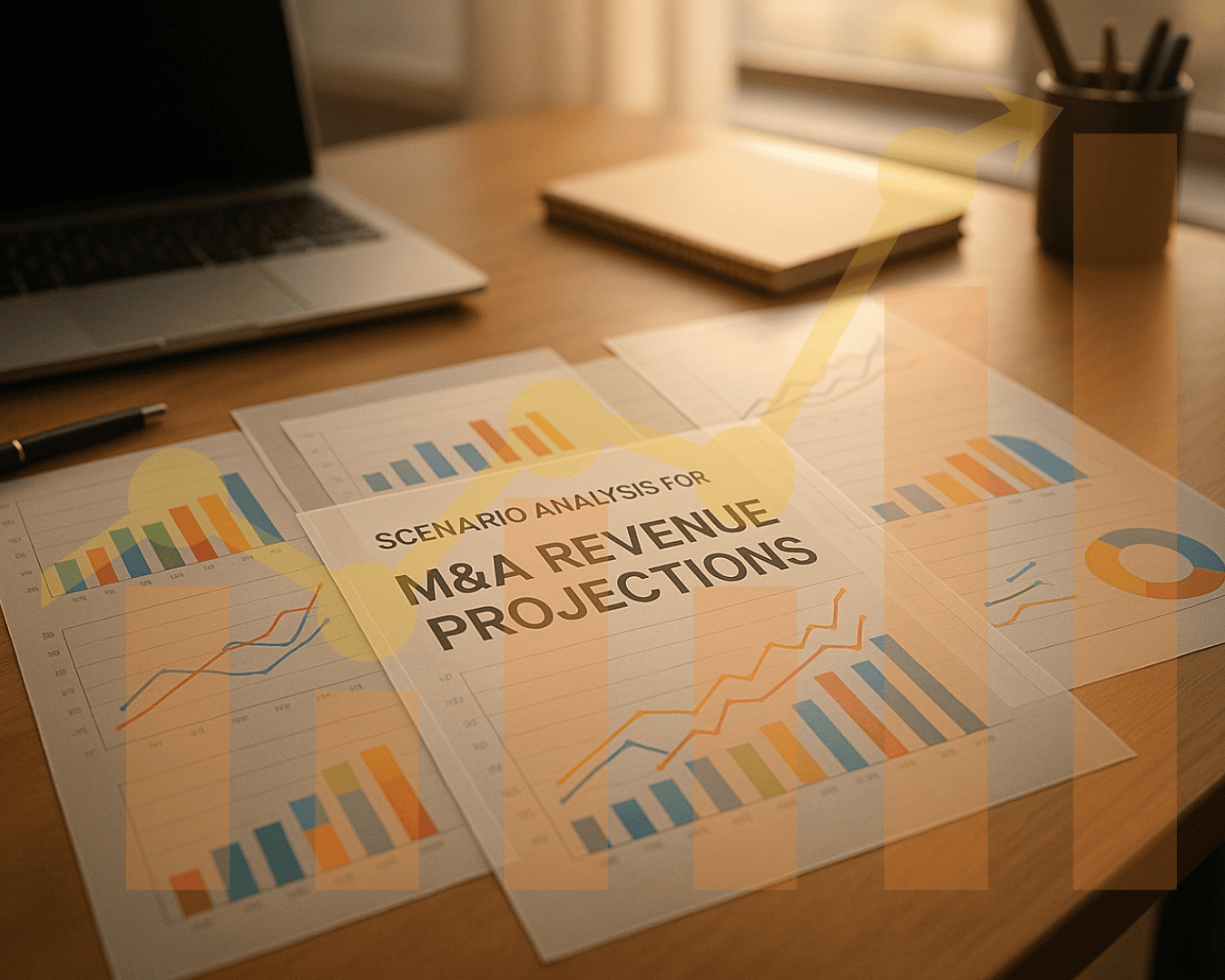





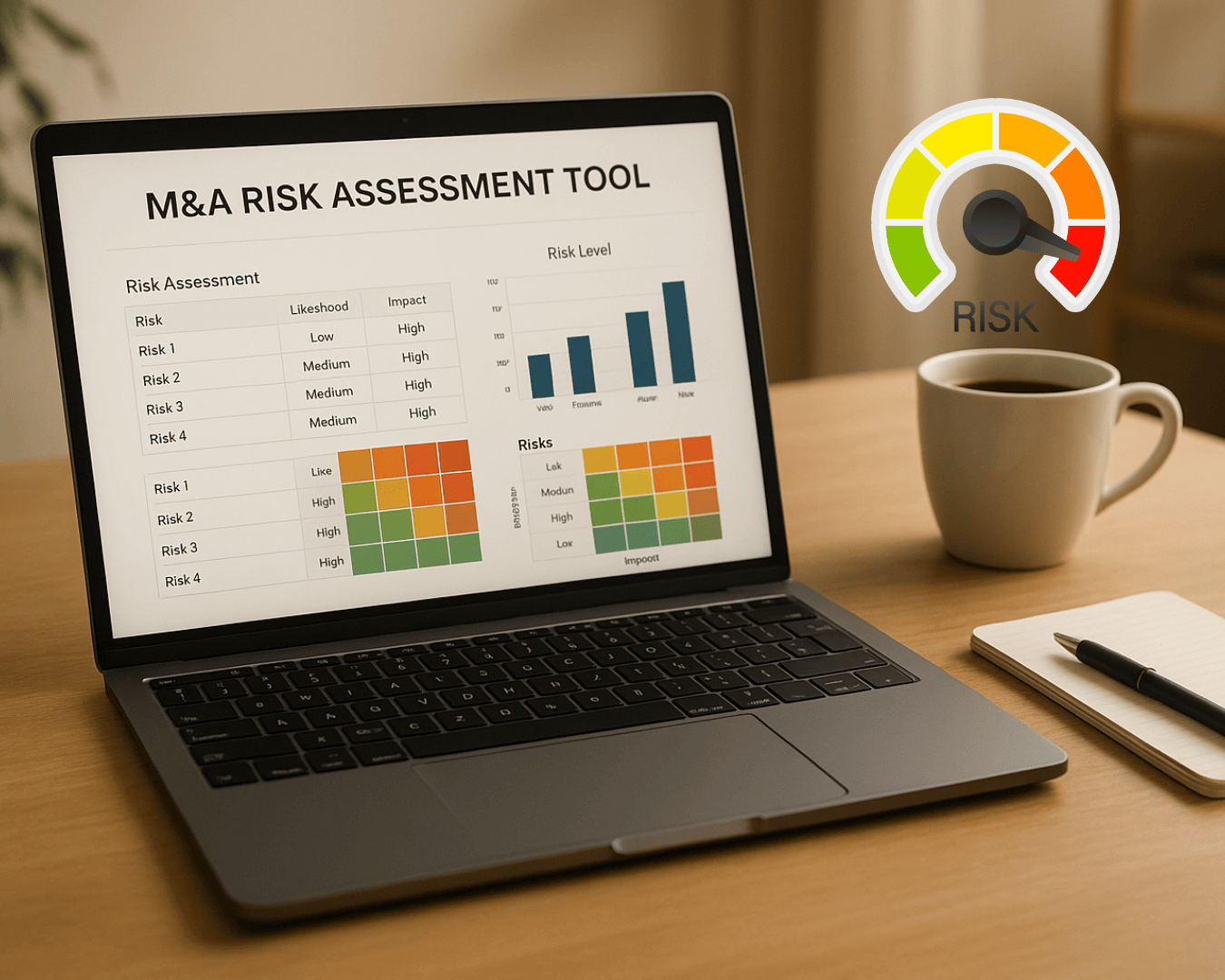


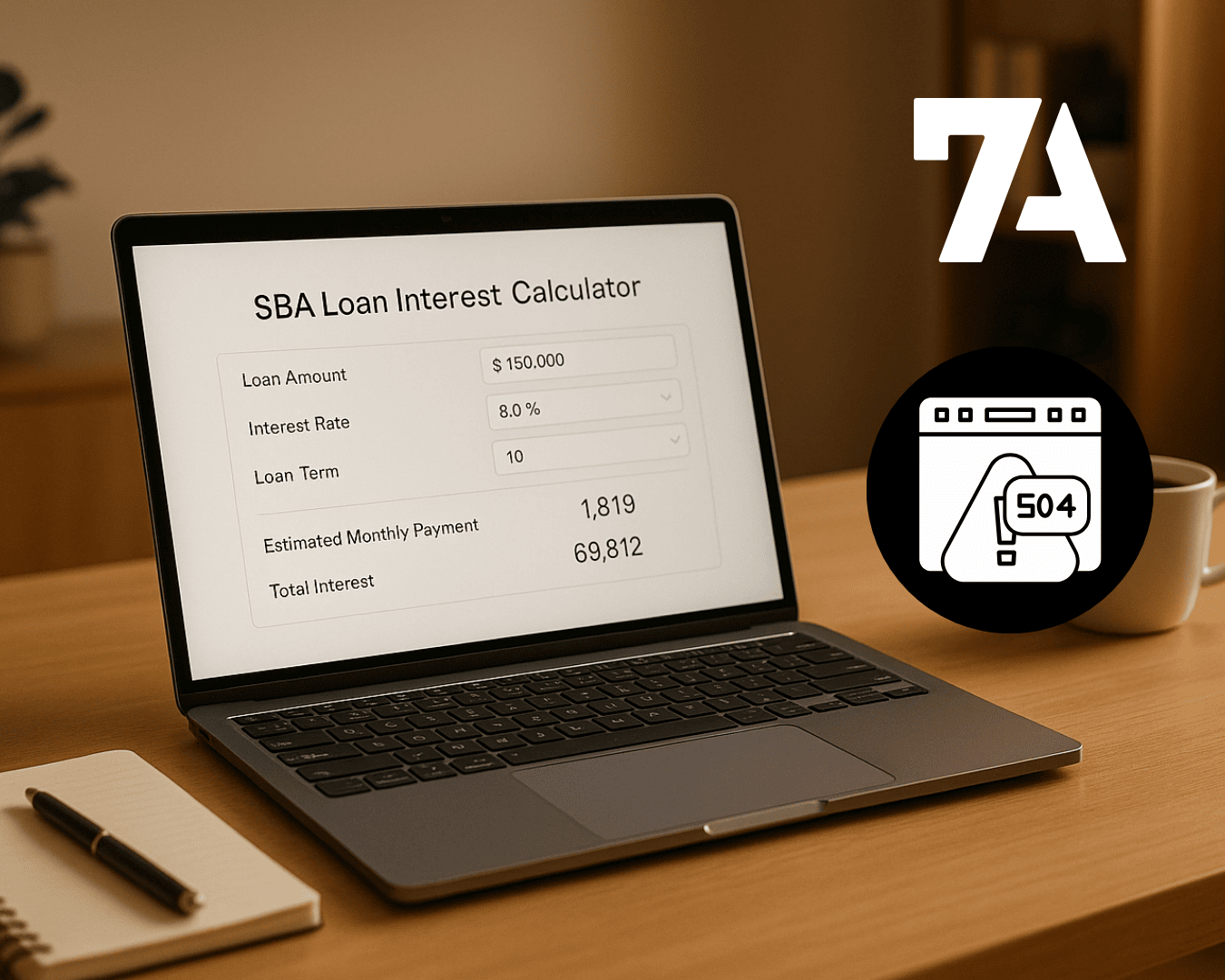








%20Loan%20Application%20Checklist.png)
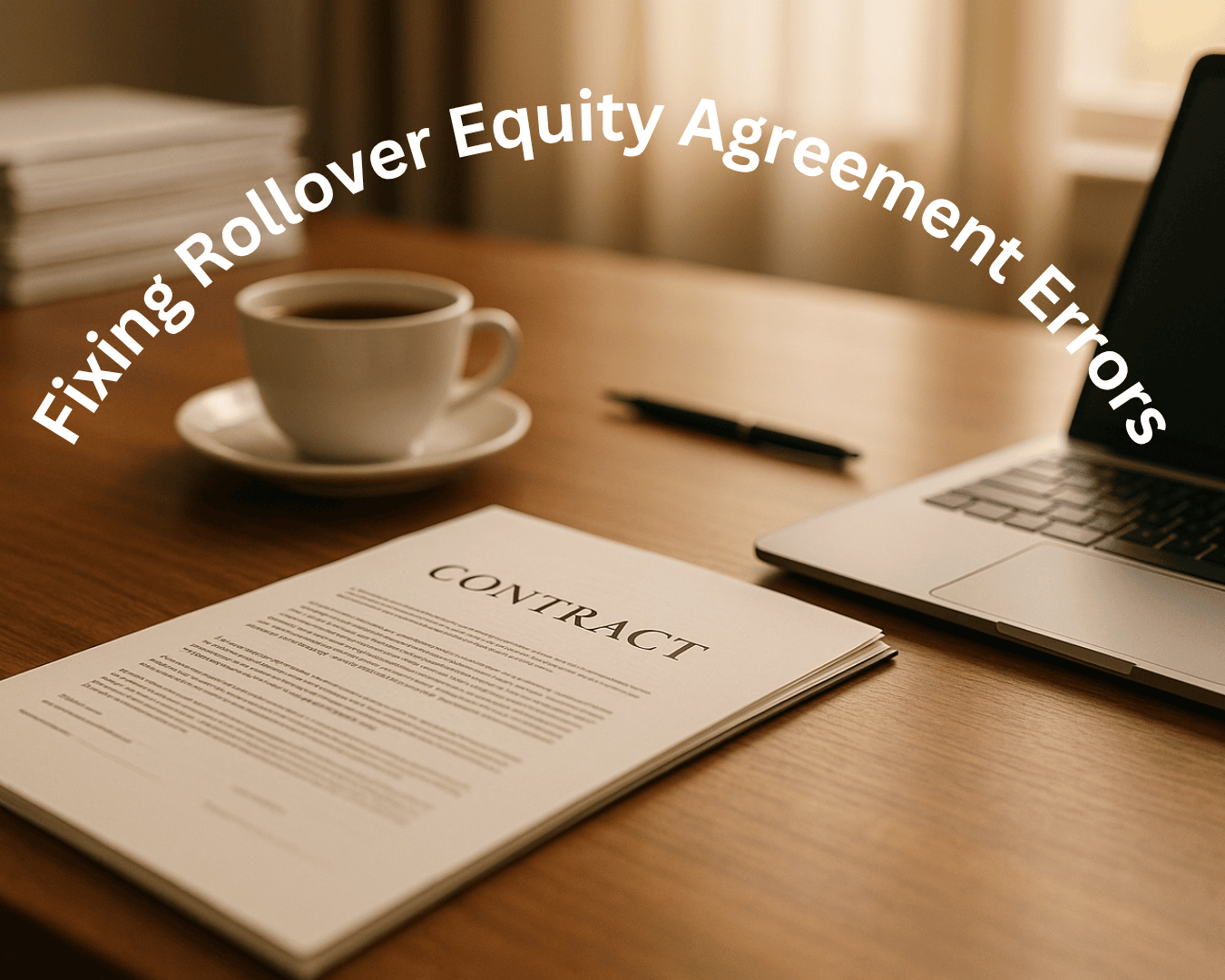
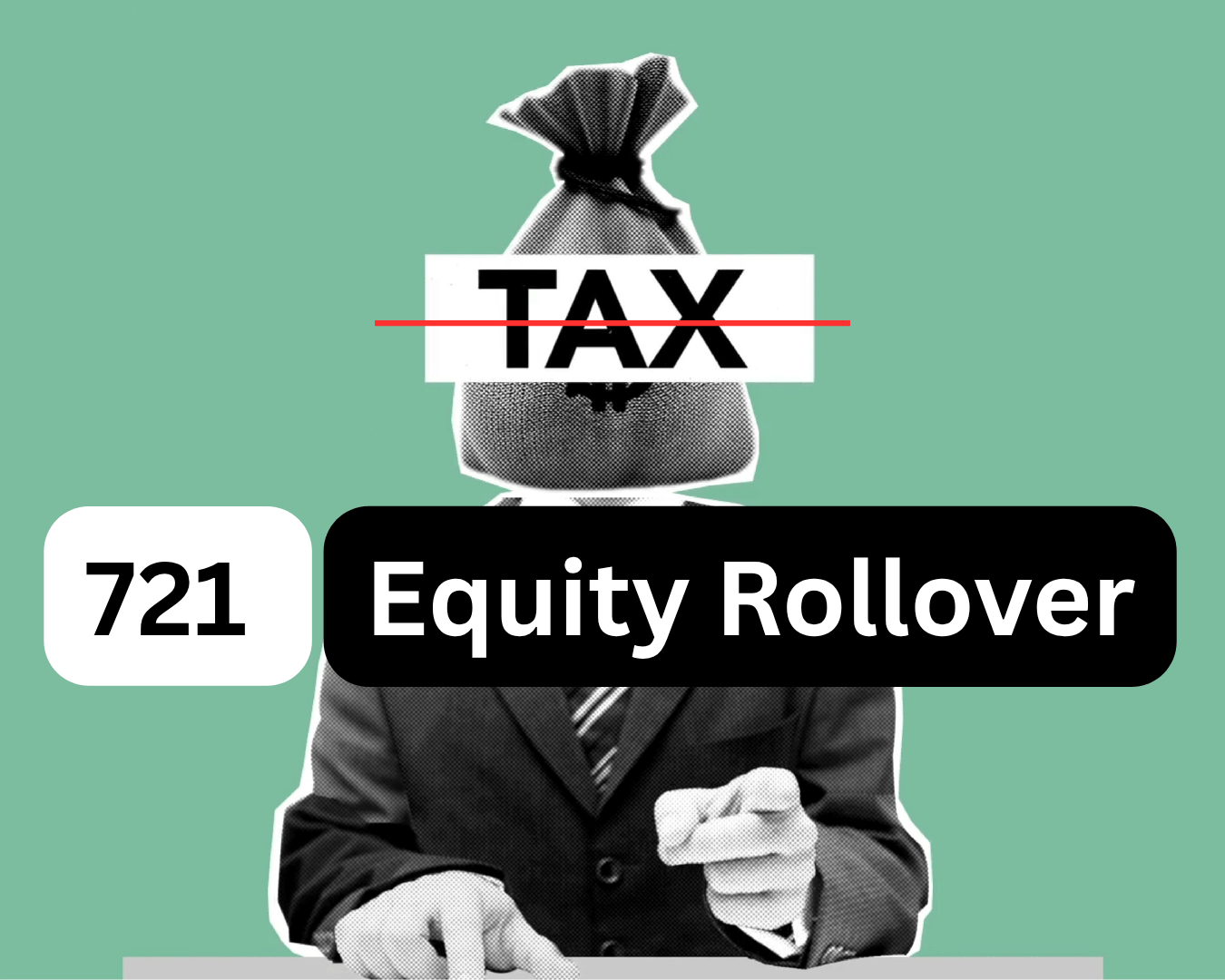
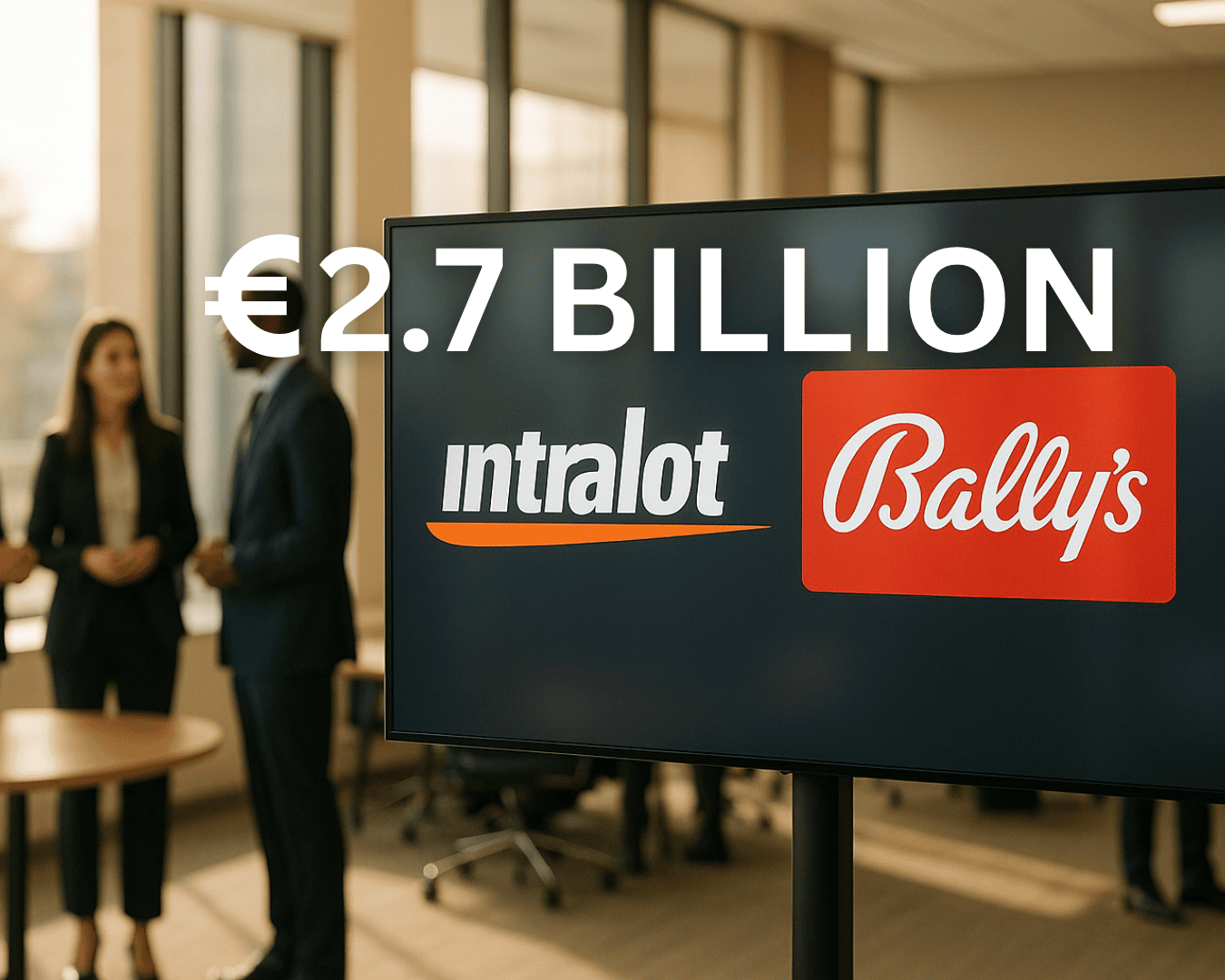



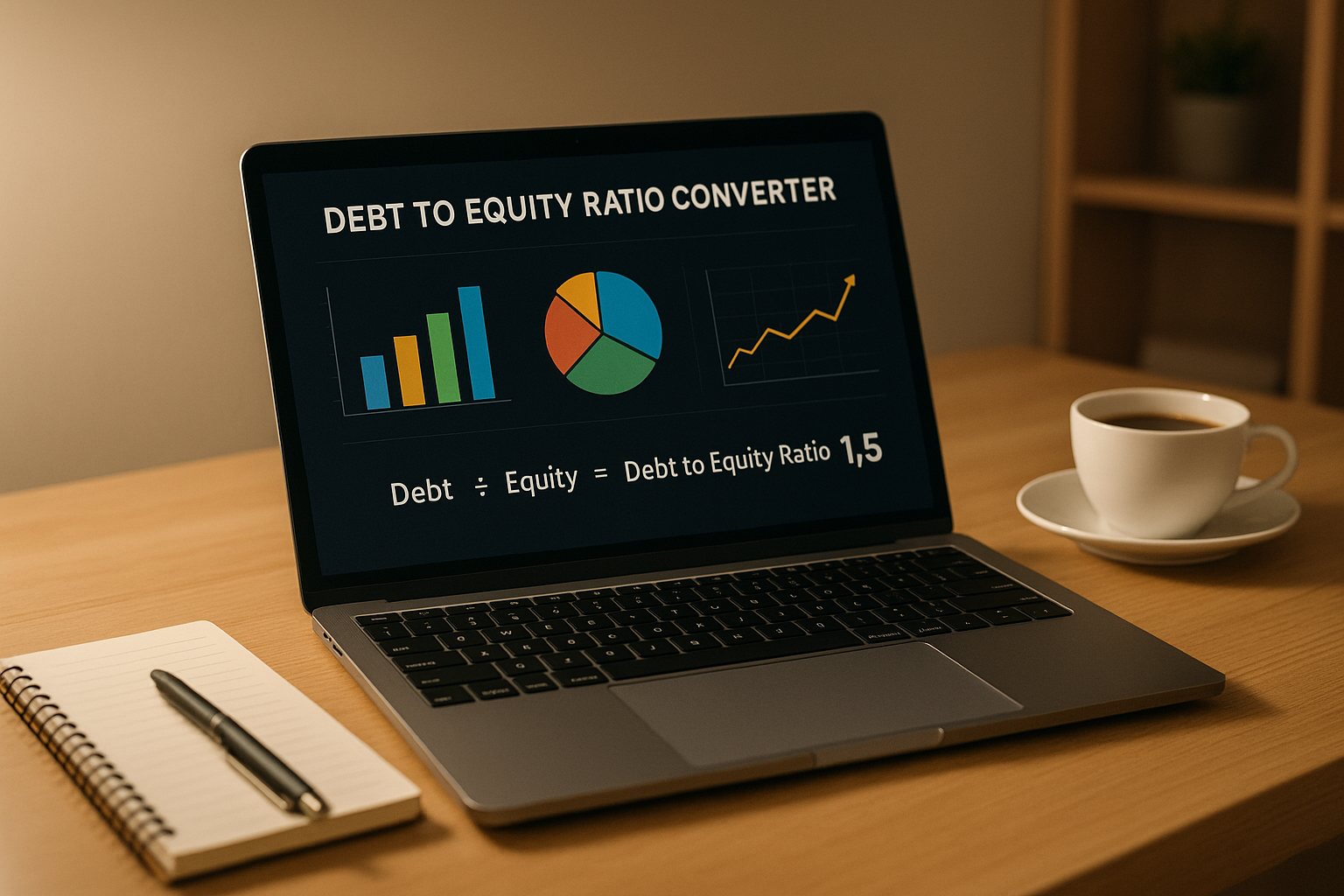




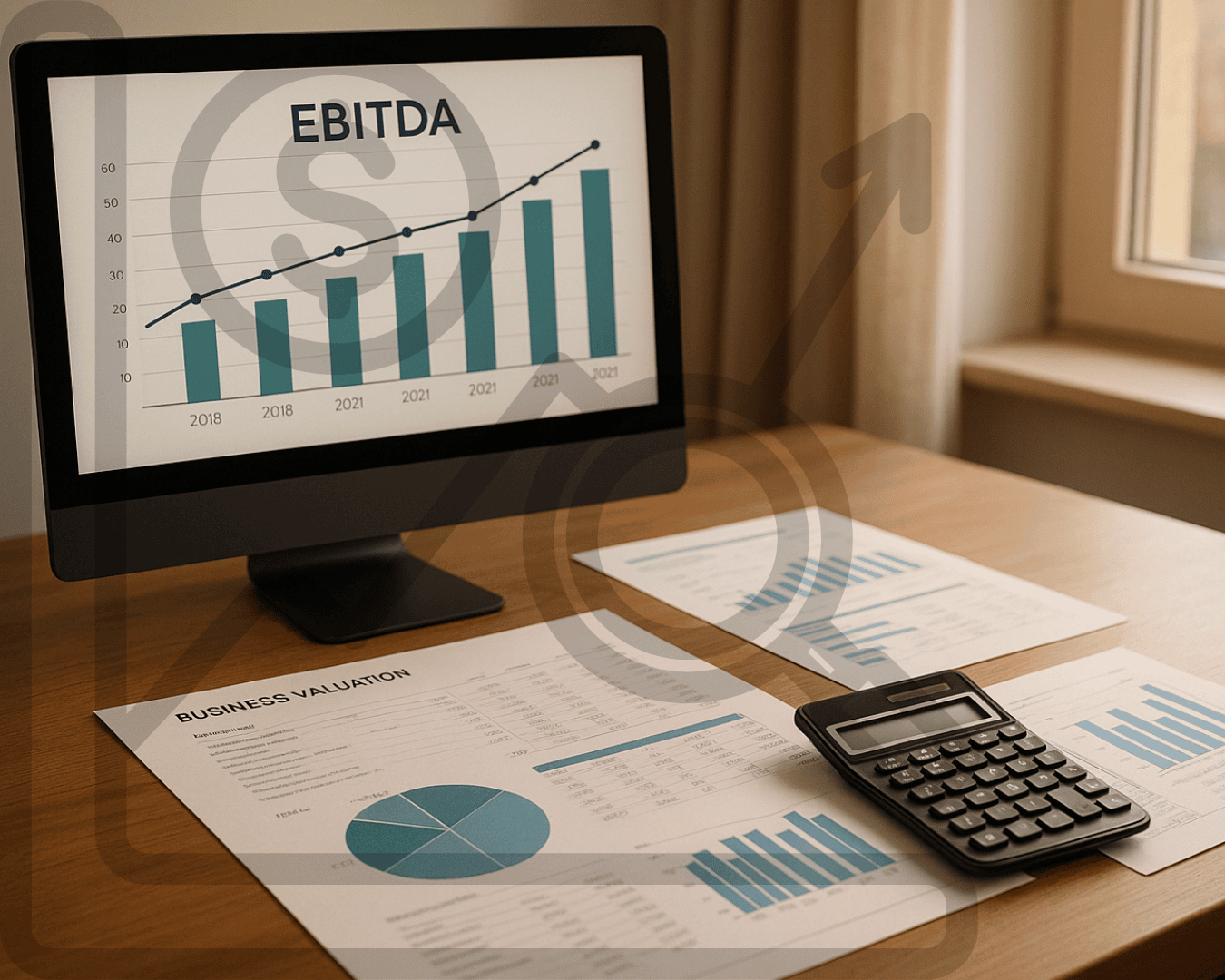





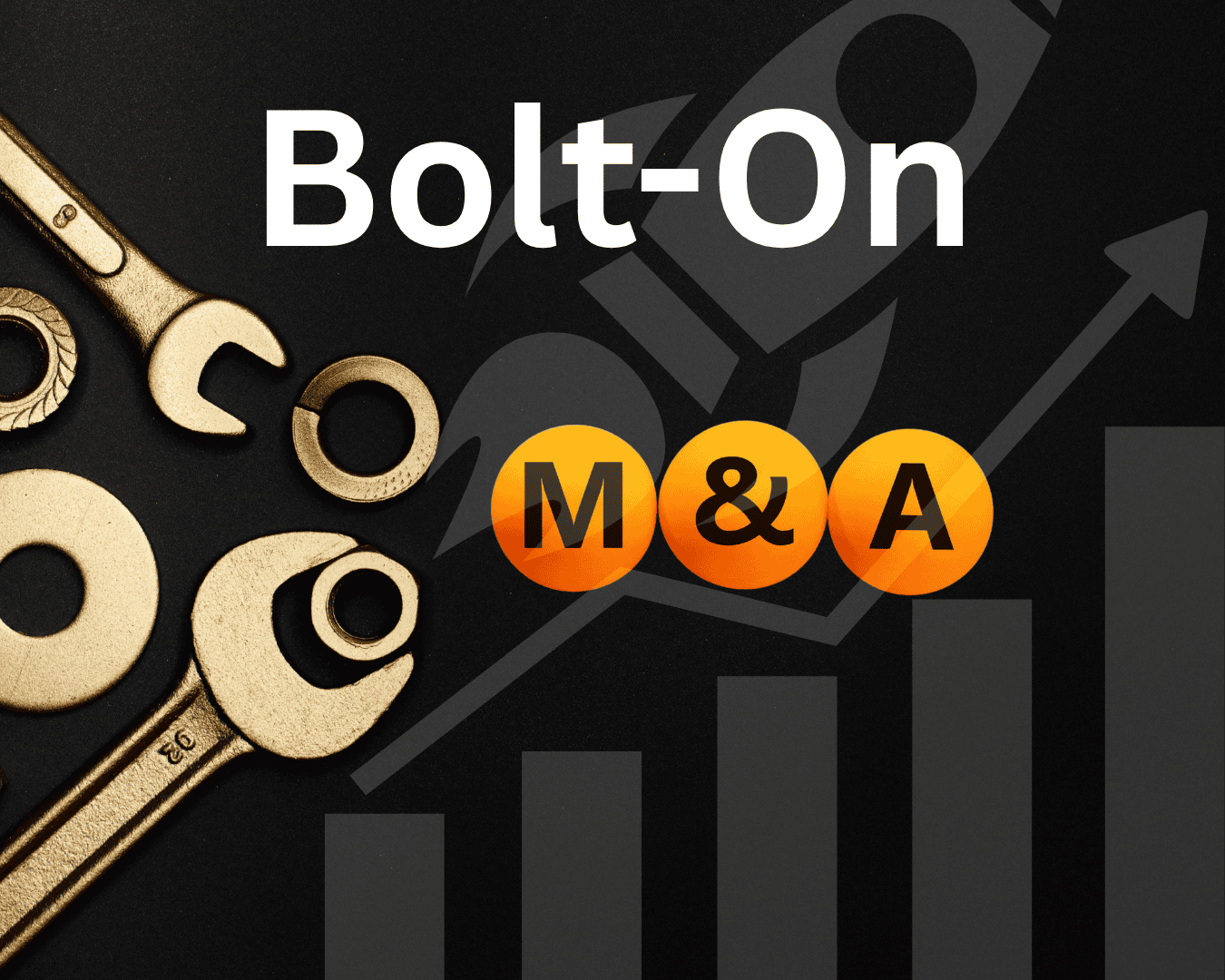










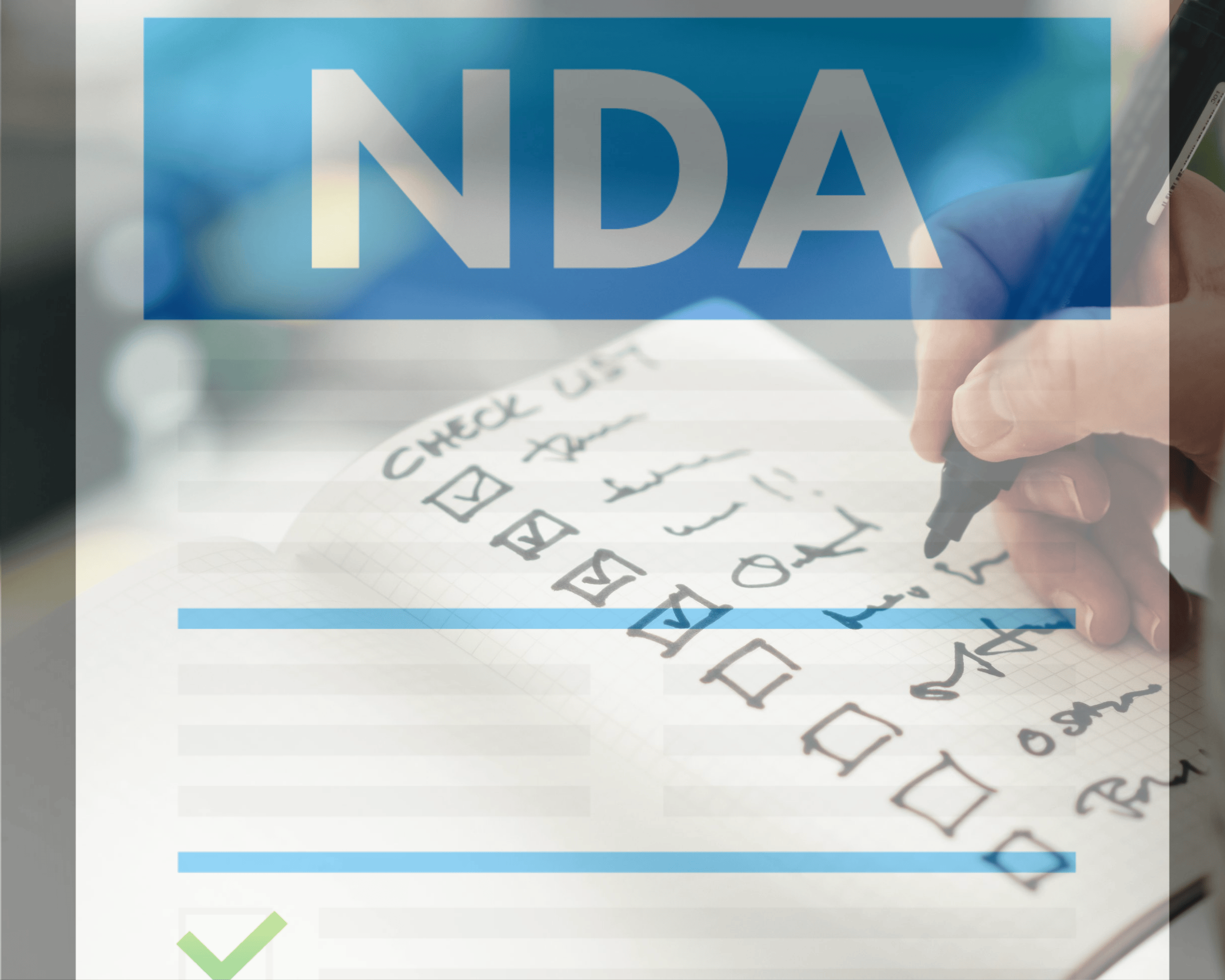


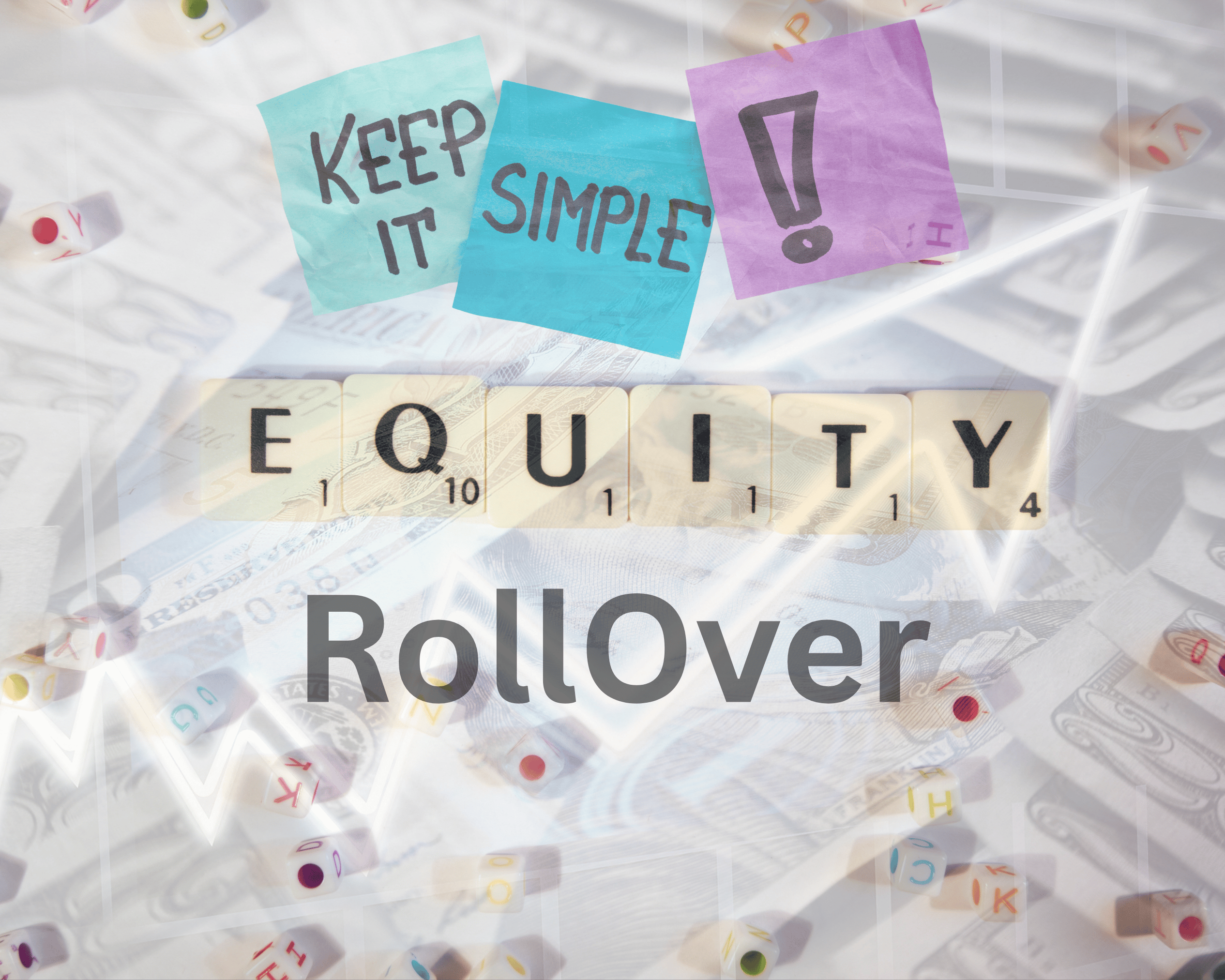







.png)
%20Loans%20%26%20Your%20Buy-Side%20Edge.png)



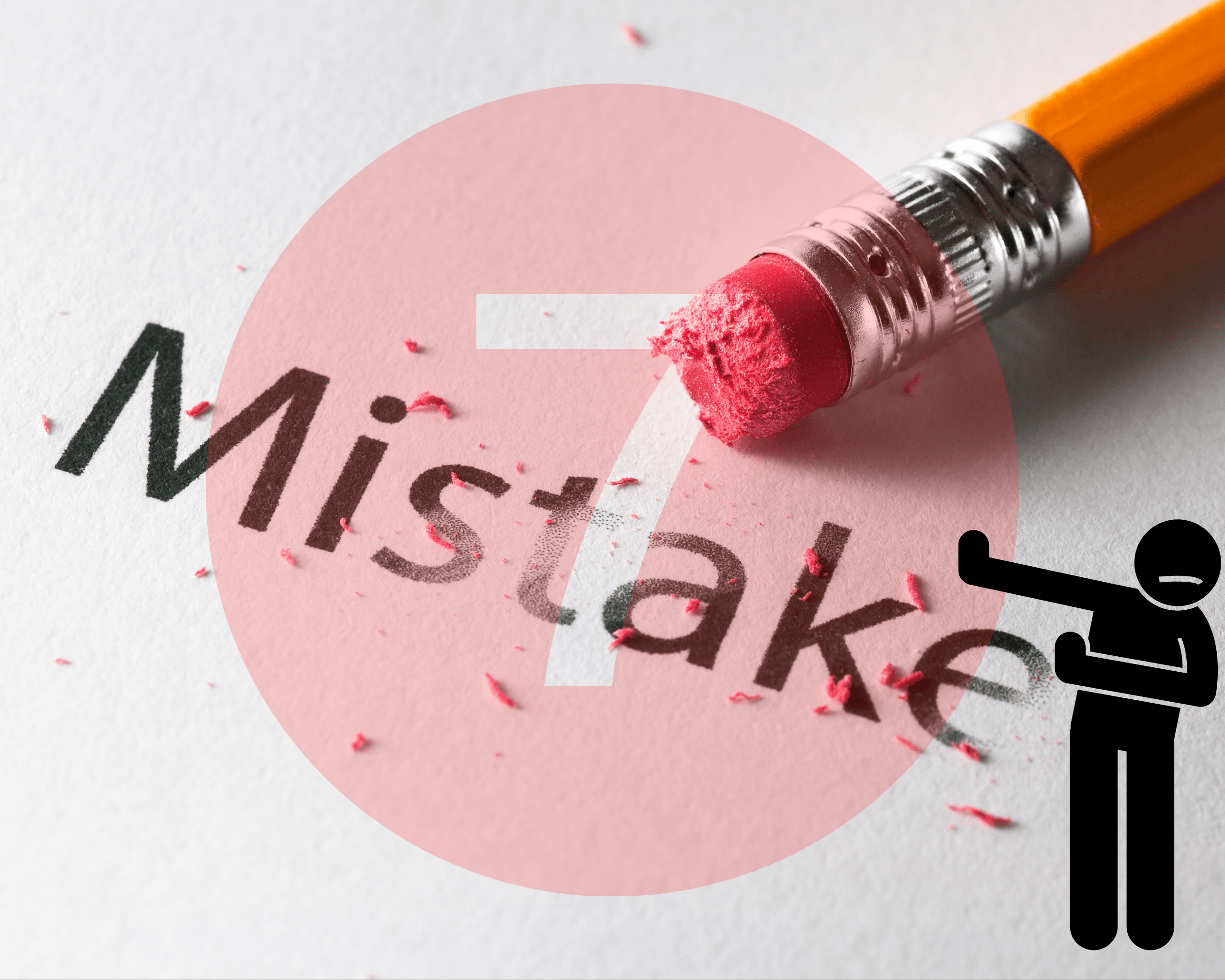


























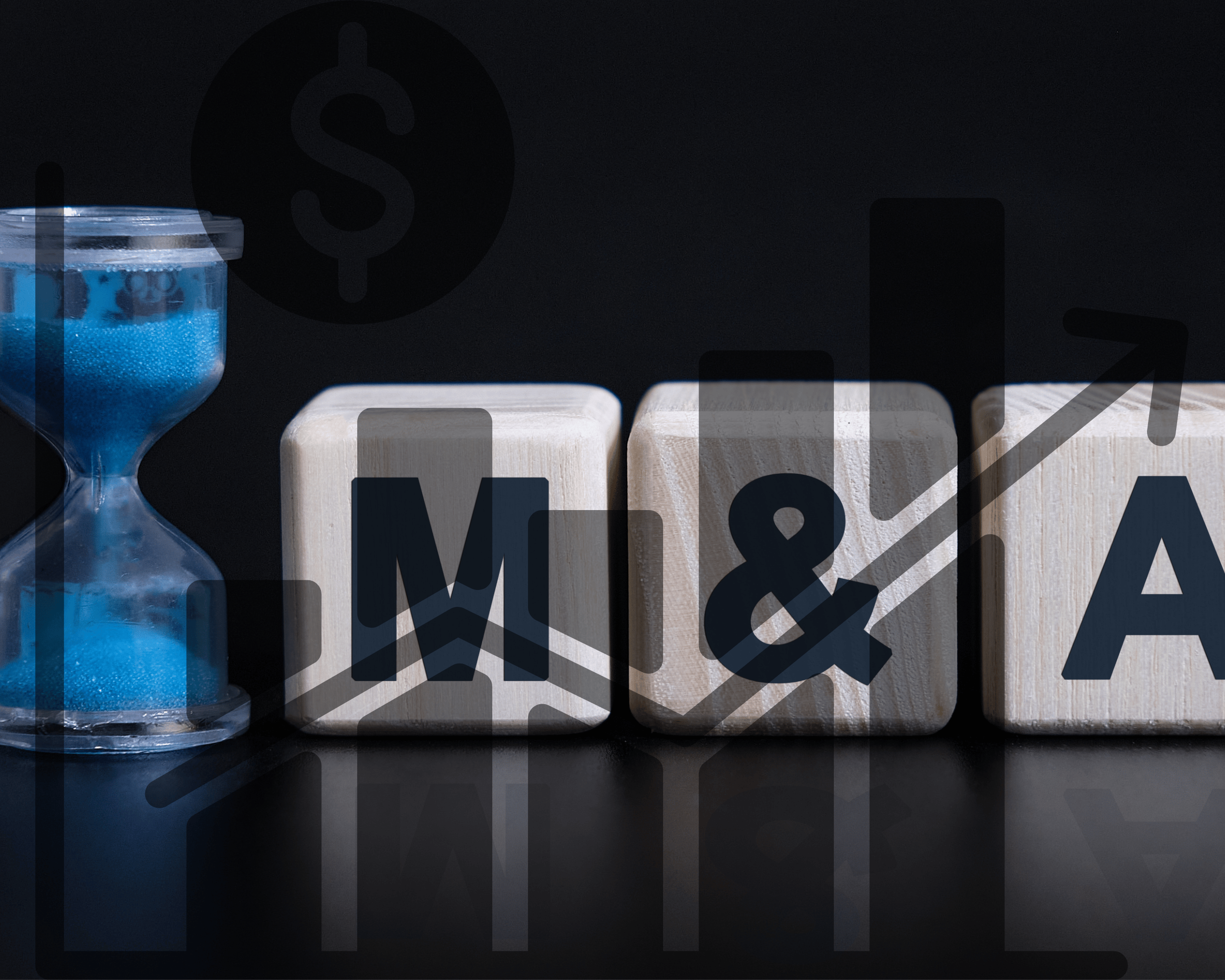


.png)
.png)
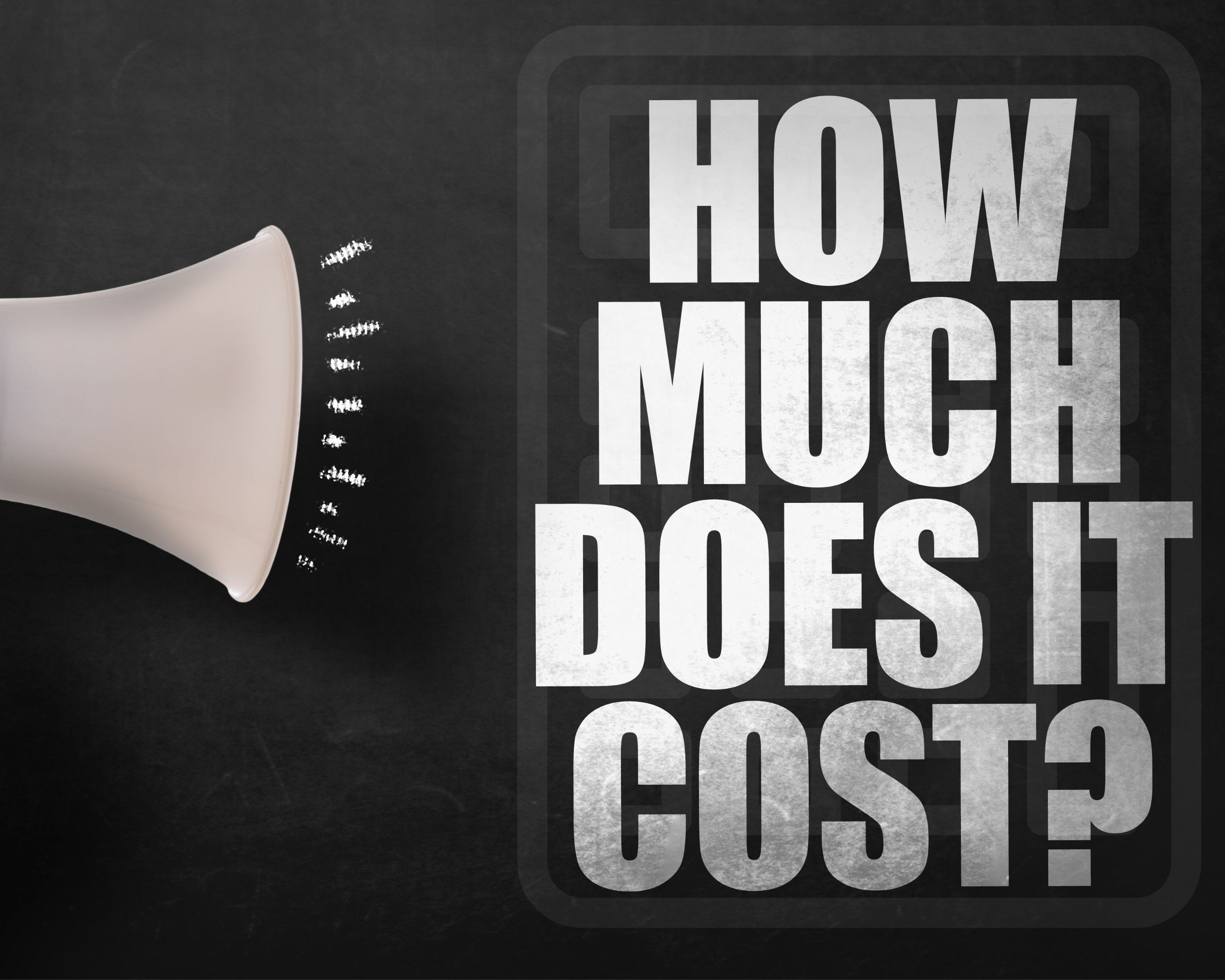


.png)








